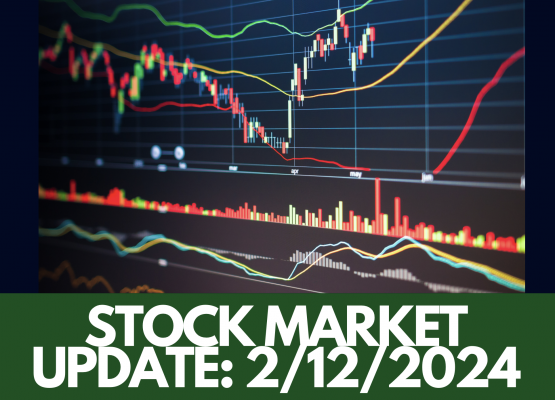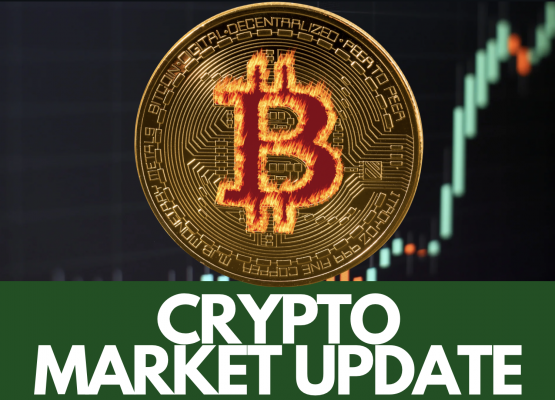The U.S. real estate market is navigating through a complex landscape shaped by various economic and demographic trends. Here’s a comprehensive overview based on recent analyses and reports.
Market Dynamics and Prices
As of early 2024, the housing market continues to lean towards sellers, with median existing-home prices witnessing a 5.1% year-over-year increase to $379,100 across all U.S. regions.
Despite rising interest rates and inflation, the demand remains strong, influenced by a mix of first-time buyers, all-cash transactions, and investment purchases. The market dynamics vary significantly across regions, with the Northeast experiencing high price jumps, and the West showing robust sales growth.
Emerging Real Estate Trends
The current climate in the U.S. real estate market is marked by cautious optimism among investors, tempered by the challenges of high interest rates and a discernible credit crunch.
Despite a slowdown in transactions, there is a strong belief that the worst of inflation might be behind us, potentially pausing further interest rate hikes. The market is witnessing a careful balance, with investors and firms needing to adapt their strategies to thrive in an environment of prolonged higher interest rates.
Sector-Specific Insights
- Office Spaces: The pandemic has lastingly impacted office real estate, leading to a bifurcated market with a clear division between highly sought-after properties in prime locations and less desirable ones. The trend towards remote work continues to reduce the demand for office spaces, suggesting a need for strategic repurposing of vacant properties.
- Retail Sector: Retail real estate shows resilience, with strong fundamentals despite high inflation and rising interest rates. The lack of new supply and the continued rise of mobile commerce are expected to sustain high levels of occupancy and retail space productivity.
- Multifamily and Hotels: The multifamily sector is adjusting to changing rent growth expectations, influenced by shifts in population and work patterns, particularly in high-cost West Coast markets. The hotel sector benefits from the return of international travel, although the recovery pace is uneven.
Future Outlook
Looking ahead, the market faces a mixture of challenges and opportunities. High interest rates and economic uncertainty may continue to impact investor sentiment and transaction volumes. However, the resilience of the U.S. economy, low unemployment rates, and solid household debt-to-income ratios provide a foundation for cautious optimism.
The real estate sector’s adaptation to post-pandemic norms, especially in office and retail spaces, along with the ongoing demand for housing amidst a supply shortage, points towards an evolving but enduring market.
In summary, the U.S. real estate market is navigating through a period of adjustment, with regional variances and sector-specific trends shaping the landscape. Investors, buyers, and sellers must remain vigilant, adapting to the changing dynamics while capitalizing on emerging opportunities.




